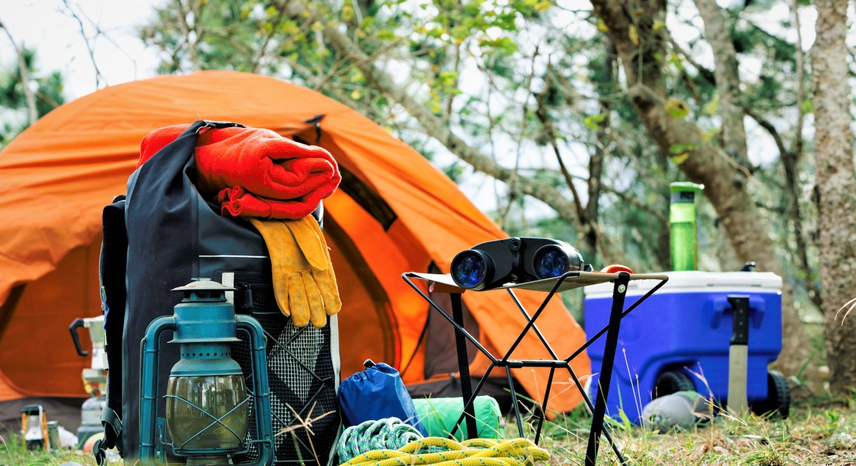How to Grip Snowy Mountains: The Ultimate Travel Support You Should Know
Time 7 min(s) read
There’s something incredibly magical about snowy mountains. The crisp air, the towering peaks blanketed in snow, and the sense of accomplishment when you conquer them, there’s no experience quite like it.
There’s something incredibly magical about snowy mountains. The crisp air, the towering peaks blanketed in snow, and the sense of accomplishment when you conquer them, there’s no experience quite like it. But tackling snowy mountains isn’t as simple as it sounds. It takes preparation, the right gear, and a little know-how to ensure you grip those snowy slopes and make the most of your adventure.
Whether you’re a seasoned mountaineer or a first-time adventurer, understanding how to navigate snow-covered terrain properly is crucial. In this blog, we’ll dive into the ultimate travel support techniques and tips that will help you grip snowy mountains like a pro.
1. The Right Gear is Everything
Before you even think about tackling snowy peaks, make sure you have the right gear. Snow trekking is not the same as regular hiking, so your equipment must be specially designed for winter conditions. Here’s a rundown of the must-have gear for gripping snowy mountains:
Snow Boots:
When trekking through snow, your regular hiking boots won’t cut it. Invest in high-quality snow boots that are insulated, waterproof, and have sturdy soles for traction. They’ll keep your feet warm, dry, and protected while providing the grip you need on slippery surfaces.
Crampons:
Crampons are metal spikes that attach to your boots to give you extra traction on icy or hard-packed snow. They’re essential when hiking on steep, snowy terrain, preventing you from slipping and helping you maintain a steady footing.
Gaiters:
Gaiters are protective covers that go over your boots and lower legs to keep snow from getting inside your shoes or pants. They’re particularly useful in deep snow where it’s easy for snow to sneak in and soak your socks.
Poles:
Trekking poles are invaluable when you’re climbing snowy mountains. They provide additional stability and balance, especially on uneven or slippery ground. Look for poles that are adjustable and feature snow baskets to prevent them from sinking too deep into the snow.
Ice Axe:
If you're tackling more technical terrain, an ice axe will be necessary. It’s a tool that helps you secure yourself when navigating icy slopes and can be used for self-arresting in case of a fall.
Having the right gear ensures that you’re prepared for the specific challenges of snowy conditions, and it will help you stay safe and comfortable throughout your trek.
2. Understand the Terrain and Weather
The snow-covered mountain terrain can be treacherous if you don’t understand the weather and conditions you’re up against. Snow can vary greatly depending on the region, altitude, and time of year, and being prepared for these variations will help you grip snowy mountains with ease.
Check the Weather Forecast:
Snowstorms, high winds, and rapidly changing weather conditions can make mountain trekking extremely dangerous. Always check the weather forecast before heading out and adjust your plans accordingly. If the forecast calls for a blizzard or sudden temperature drops, it’s best to postpone or reschedule your trek.
Watch for Avalanche Risks:
Snowy mountains, especially in alpine areas, are prone to avalanches. Understanding avalanche risk is essential to staying safe. Avoid trekking during high-risk conditions, and consider carrying avalanche safety equipment like a beacon, probe, and shovel.
Know the Terrain:
Before heading up the mountain, familiarize yourself with the route. Is the terrain steep or relatively flat? Are there crevasses or cliffs? Understanding the terrain will help you plan your steps more carefully. For more difficult treks, consider hiring a guide who’s experienced in the region.
3. Master Your Footwork on Snowy Terrain
Walking on snow requires more than just putting one foot in front of the other. The footing can be slippery, uneven, or hard-packed, and your movements should be deliberate and calculated. Here are some footwork tips that will help you grip the snow better:
Take Short, Steady Steps:
On snow and ice, long strides can be risky. Shorter steps help you maintain better control and balance. Move slowly and steadily, especially when walking up steep slopes.
Dig In:
When walking on deep snow, try to dig your boots in to get a better grip. This will give you more traction and prevent you from slipping or sinking too deep.
Use Your Poles:
Trekking poles help distribute your weight and provide stability, especially when navigating through deep snow or steep inclines. Plant your poles firmly with each step, using them to steady yourself.
Avoid Ice:
If you come across patches of ice, take extra caution. Ice is slippery and can cause serious falls. If you have crampons, make sure to use them on icy patches, or try to avoid them if possible.
Lean Into the Slope:
When trekking uphill, lean forward slightly (but not too much) to maintain your balance. On downhill slopes, keep your weight centered and lower your center of gravity to avoid slipping.
4. Pack Smart for Comfort and Safety
Packing for a trek in the snow requires a little more thought than for a typical hike. You’ll need to be prepared for both the physical demands of the journey and any potential emergencies.
Extra Layers:
Snow trekking can be physically demanding, so make sure you have extra layers of clothing to stay warm. Layering is key in winter conditions start with a moisture-wicking base layer, followed by an insulating middle layer (like fleece or down), and finish with a waterproof, windproof outer layer.
Emergency Kit:
Always bring an emergency kit with essential items such as a first aid kit, flashlight, multi-tool, fire-starting materials, and a whistle. In snowy conditions, visibility can be poor, so having these items on hand is critical for your safety.
Food and Hydration:
Pack energy-dense snacks and plenty of water. Staying hydrated and nourished is important for maintaining energy and focus on a snowy trek. Even in cold weather, your body burns a lot of energy to keep warm, so don’t skip snacks!
Navigation Tools:
Make sure to carry a map, compass, or GPS device. Snow-covered mountains can make landmarks hard to spot, so having the right navigation tools is crucial for staying on track.
5. Know When to Turn Back
Snowy mountains can be deceptive. While they may look peaceful and beautiful from a distance, they can quickly become dangerous. One of the most important skills in mountain trekking is knowing when to turn back.
Know Your Limits:
Don’t push yourself too hard. If the conditions are becoming too dangerous or you feel fatigued, it’s okay to turn back. The mountain will always be there another day.
Changing Weather:
If the weather starts to deteriorate, don’t hesitate to retreat. Snowstorms, fog, or rapidly dropping temperatures can create hazardous conditions. Trust your instincts and turn back if you feel unsafe.
Time Management:
Make sure to plan yourhike so you don’t run out of day light. The last thing you want is to be caught in the snow without enough light to safely descend the mountain.
So, the next time you plan a snowy trek, remember these ultimate travel support tips. With these strategies, you’ll not only grip snowy mountains but also enjoy the adventure and beauty that come with exploring the winter wilderness!



